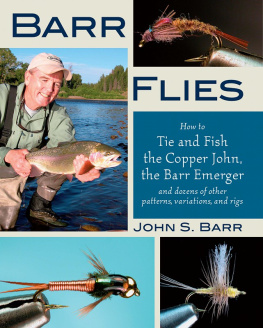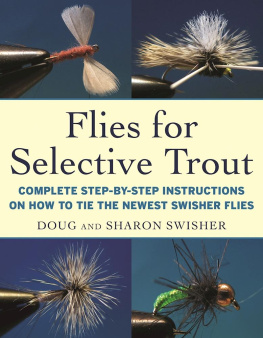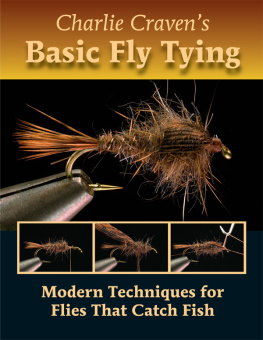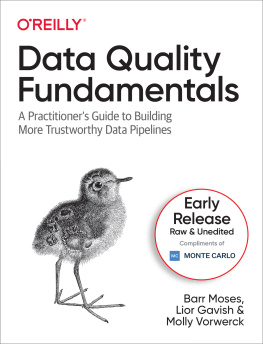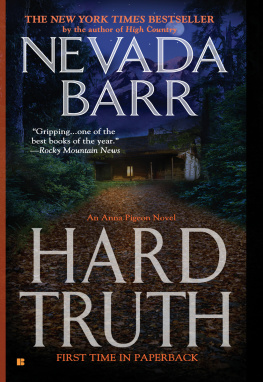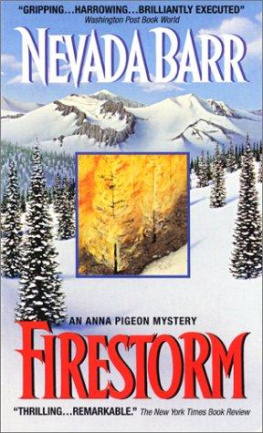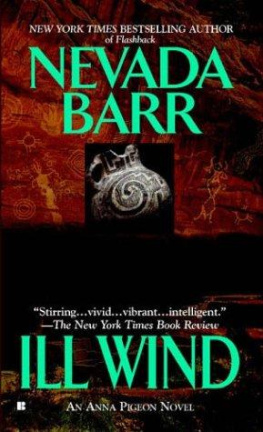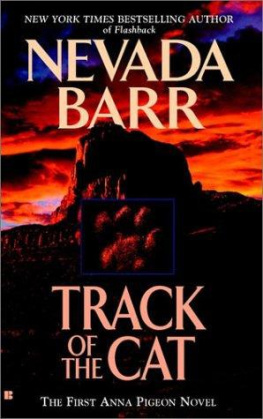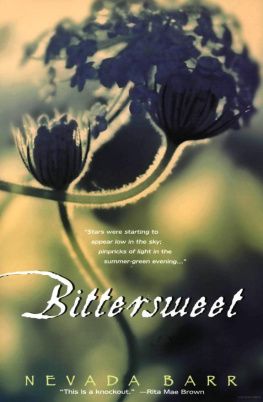
BARR FLIES
BARR FLIES

How to Tie and Fish
the Copper John, the Barr Emerger
and Dozens of Other Patterns,
Variations and Rigs
JOHN S. BARR
FLY PHOTOGRAPHY BY
CHARLIE CRAVEN
STACKPOLE
BOOKS
Copyright 2007 by John Barr
Published by
STACKPOLE BOOKS
5067 Ritter Road
Mechanicsburg, PA 17055
www.stackpolebooks.com
All rights reserved, including the right to reproduce this book or portions thereof in any form or by any means, electronic or mechanical, including photocopying, recording, or by any information storage and retrieval system, without permission in writing from the publisher. All inquiries should be addressed to Stackpole Books, 5067 Ritter Road, Mechanicsburg, Pennsylvania 17055.
First edition
Illustrations by Dave Hall
Library of Congress Cataloging-in-Publication Data for the Print Edition
Barr, John, 1944
Barr flies : how to tie and fish the Copper John, the Barr Emerger, and dozens of other patterns, variations, and rigs / John Barr. 1st ed.
p. cm.
Includes index.
ISBN-13: 978-0-8117-0236-2
ISBN-10: 0-8117-0236-7
ISBN-13: 978-0-8117-0276-8 (limited ed.)
ISBN-10: 0-8117-0276-6 (limited ed.)
1. Fly tying. I. Title.
SH451.B277 2007
688.79124dc22
2006038362
eBook ISBN: 978-0-8117-4632-8

QED stands for Quality, Excellence and Design. The QED seal of approval shown here verifies that this eBook has passed a rigorous quality assurance process and will render well in most eBook reading platforms.
For more information please click here.
To my wife Jeanne,
my son Jonathan,
and my daughter Jessica.
ACKNOWLEDGMENTS
I would be remiss if I did not start with my longtime friend Van Rollo, the premier fly-fishing manufacturers rep in the country and owner of Mountain Sports in Boulder, Colorado. Almost twenty years ago he urged me to submit some fly samples to Umpqua Feather Merchants, the number one producer of flies in the world. In 1970, Umpqua started a program that paid a royalty to fly tiers for their original patterns. Van convinced me to send in some of my patterns to Umpqua, and they picked up a couple of them. That was the moment that eventually enabled me to combine my lifelong passion for fly fishing with the business side of the fly industry.
As the years progressed and my patterns became successful, other manufacturers took notice, and today I can proudly say that I am associated with the most elite manufacturers in the industry. I cannot thank them enough for their support.
I would like to thank Judith Schnell, Publisher and Vice President of Stackpole Books, for giving me the opportunity to write this book, and Jay Nichols, former Managing Editor of Fly Fisherman magazine, for his encouragement and support throughout the process. Jay now owns his own publishing business, Headwater Books. I owe a great deal to John Randolph, Editor and Publisher of Fly Fisherman magazine, for publishing several of my articles, which gave me the confidence to tackle writing a book.
Thanks to Charlie Craven for spending countless hours taking the exquisite fly-tying photos and writing the tutorials. Thanks to Landon Mayer who spent lots of time taking onstream photos of fish. The fishing could be really hot, but Landon would quit fishing and take his time to compose the shots and get the lighting just right.
I would like to thank the Umpqua Feather Merchant reps and the fly shops throughout the country, without whose support this book never would have been possible. I would also like to thank Umpquas personnel who have supported me all of these years.
Lastly, I would like to thank all of those with whom Ive crossed paths in the world of fly fishingmany are lifelong friends. There is not room to name them all, but every one is special to me.
FOREWORD
T he year was 1978, notable for the Camp David peace accord, the death of two popes, and the birth of historys first test-tube baby. People still sent letters by mail and hardly anyone used fly rods in pursuit of northern pike.
My personal epiphany for pike had come the previous year on Canadas Great Slave Lake, where two anglers from Calgary arrived with large flies made from clumps of chicken feathers wrapped irregularly around a hook. Even with such rudimentary implements, the result was spectacular. A visitor from the States never had reason to take spinning tackle north again.
A second discovery, later that same season, revealed that pike had taken hold in several reservoirs in Colorado. Naturally, I had to blab about this, along with the prospect for fly fishing, in my column in the Denver Post, a common disease among outdoor writers. Only this time, things turned out all for the best.
Thats when the letter arrived, fairly oozing questions. Just where might these toothy monsters be found? In what type of water? Then finally, inevitably, what kind of flies? A letterhead proclaimed the sender to be someone from Boulder named John Barr. I dialed the phone number and found myself immersed in conversation with someone with unbridled passion for the more unusual aspects of the fly sport. The exchange was riveting. On a busy day, I simply couldnt put down the phone.
A second envelope, about a week later, bulged with something much more tangible. What spilled onto my desk was a remarkable arrangement of fur, feathers, and tinsel that I imagined to be the finest flies ever designed exclusively with northern pike in mind. I ached to get them in the water.
Predictably, Barr beat me to it. In a state of high excitement, he told of landing a 25-pounder, surely the largest pike ever caught in the state at the time. It was a signal event in a string of successes that were to become commonplace for the man who arguably ranks as Americas most successful designer of commercially distributed flies.
With remarkable regularity, he cranks out patterns that dazzle with a rare combination of form and function, clever concoctions that dont spend much time loitering in the fly shop. Barrs flies catch fishermen because they also catch fish.
Moreover, they catch fish in large part because thats precisely what Barr was doing when the notion for the fly came to him. John doesnt do knock-offs of existing patterns or expand on someone elses ideas. Virtually all those concepts creep intuitively into his awareness while trying to resolve some standoff with a persnickety trout.
Take, for example, that day on Nelsons Spring Creek in Montana, one of those famous trout emporiums where fish take perverse satisfaction in heaping embarrassment upon even the most accomplished anglersusually in front of friends.
Barrs frustration that day stuck in his craw, rattled around in his brain, and eventually crept out through his fingertips in the form of the Barr Emerger. Whether styled to imitate the Pale Morning Dun or Blue-Winged Olive, tied flashback or bead-head, this pattern remains unsurpassed for the majority of western mayfly situations.
A similarly perceived need for a nymph that combined the elements of attraction and rapid sink while retaining a suggestive profile caused him a decade ago to launch his design of the Copper John, which evolved into the most popular fly of the millennium. Youll find some version of the pattern in nearly every fly box, simply because it puts fish on the line.
Next page
